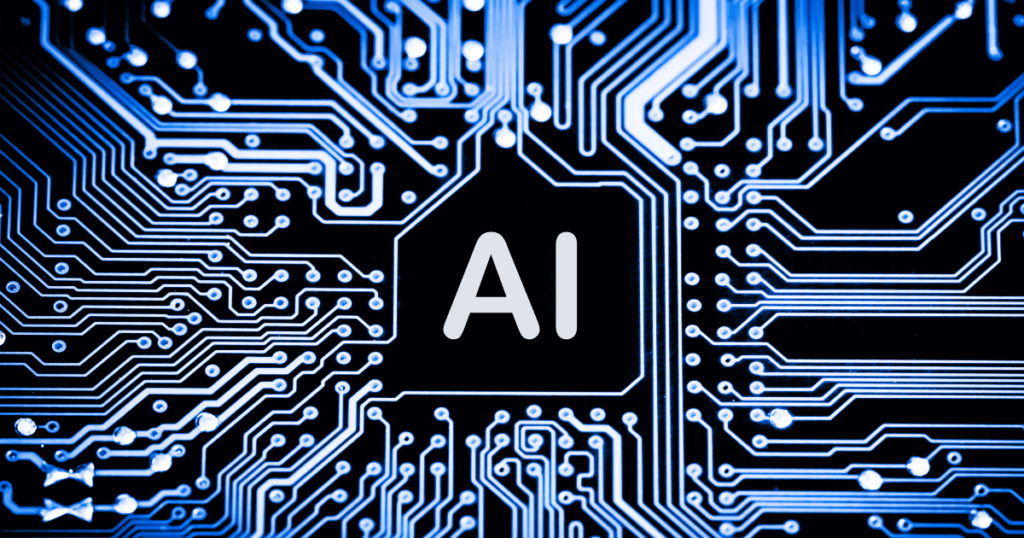
A flawless essay lands on your desk. It reads almost perfectly. But did the student actually write it?
Artificial intelligence (AI) tools like ChatGPT and Claude make it easy to produce polished work quickly. And while generative AI can support learning, it also blurs the line between help and cheating. And this can put student learning and academic success at risk.
Beyond catching dishonesty, staying on top of AI use in education means protecting core skills like critical thinking and written communication
At MarkSmart, we understand the challenge. As an educational technology platform, we believe in using artificial intelligence to support learning only, not replace it. In this article, we explore ethics, AI detection, and how to talk about AI generated content in the classroom.
The Ethics of AI in Student Work
Not every use of AI counts as cheating. Students might use generative AI systems to brainstorm, tidy up grammar, or explore ideas. But when that crosses into outsourcing entire arguments or replacing original thinking, it undermines genuine learning.
Dealing with this grey area is now a reality for teachers. One student may use AI to reword a paragraph they struggled with. Another might submit an entire essay written by a chatbot. Same tool, different intent. This is where things get murky. And it’s why we need clear classroom conversations about it.
The real issue isn’t just the tool. It’s the impact. If students rely on AI to do the work, they skip the parts of learning that matter most. That includes the mess of drafting, the challenge of organising thoughts, and the satisfaction of creating something original. In the long run, this affects student learning, academic success, and their ability to think independently.
Defining boundaries around technological assistance can help with ensuring academic integrity. It can give students the chance to develop essential skills and the space to grow as thinkers and writers. It also lets teachers spot when things feel off, long before any formal detection tool is involved.
Spotting AI-Written Essays
You know your students. You know how they write, how they think, and what their voice sounds like on the page. That’s why sudden shifts can stand out.
Here are some common signs that a piece may have been written using generative AI:
- Over-polished language that doesn’t match the student’s usual tone
- Generic arguments that avoid specific detail or critical thinking
- Repetitive sentence structures and a lack of varied vocabulary
- Content that vaguely addresses the task without fully answering the question
- Sudden leaps in quality, especially compared to earlier drafts or class work
- Overuse of formal or academic language that feels unnatural for the student
- Flat or impersonal tone, especially in creative or reflective writing
Of course, no single sign confirms misuse. AI detection tools can help, but they’re not perfect. Even the best AI detection software makes mistakes. These tools can support your judgement, but they shouldn’t drive it. This is especially true in educational institutions, where fairness really matters.
When in doubt, compare the work to past writing. That’s still one of the best ways to spot AI-generated content.

Turning AI into a Teachable Moment
The goal isn’t to catch students out. It’s to help them understand what they’re doing, why it matters, and how to make better choices next time. Addressing AI misuse starts with the right kind of conversation.
Open the conversation
If you suspect a student used AI technologies to complete assignments, don’t jump straight to blame. Ask questions that invite reflection instead of defensiveness. For instance:
- What made you use AI for this task?
- How did it help you?
- Did anything feel off while you were working with it?
Start from a place of curiosity. Give students a chance to explain their thinking before making assumptions.
Encourage student reflection
Ask students to write a short note with their work explaining how they used AI, if at all. This could include what tool they used, what it helped with, and what they changed. Over time, this builds awareness and encourages transparency.
Another option is a simple self-assessment prompt: What did you struggle with in this task? Did you use anything to help? Why? These kinds of questions shift the focus from catching to coaching.
Teach ethical use proactively
Help students see that there’s a difference between using AI to spark ideas and using it to write the whole essay. Show what it looks like to use technological assistance responsibly. You can do this by modelling it yourself.
You could design tasks that allow limited AI use, like:
- Generating counterarguments to respond to in class
- Using AI to outline a structure, but writing the content themselves
- Comparing AI-generated work to their own and reflecting on the difference
The aim isn’t to ban these tools. It’s to help students build judgement and take ownership of their thinking. That’s part of preparing students for a future where educational technology that leans on artificial intelligence will play a growing role.
Assessment Strategies That Reduce Temptation
Even the most well-meaning students can be tempted to lean too heavily on AI. This can be especially true when they’re stressed, behind, or unsure where to start. A few small changes to your assessment design can make a big difference.
Here are three strategies that can help:
- Use in-class writing where possible: If students know they’ll need to write in real time, they’re more likely to prepare and less likely to rely on shortcuts. Even a short in-class component can help confirm authorship.
- Build in voice and reflection: Tasks that include personal opinions, lived experience, or process journals make it harder to outsource the work. It also gives students space to explore and articulate their own thinking.
- Include checkpoints along the way: Ask for a plan, a draft, or peer feedback before the final piece. When students know you’re looking at the process, not just the end product, it can change how they approach the work.
These strategies won’t eliminate AI misuse entirely, but they can help shift the focus back to authentic learning. Combined with clear expectations around technological assistance, they can give students less reason to turn to AI tools and more reason to engage with the task properly.
MarkSmart: Supporting Real Learning in an AI-Powered World
We know the pressure schools are under. Generative AI in the classroom is moving faster than most policies can keep up with. Teachers are expected to protect academic integrity while also supporting students who are still learning how to think, write, and reflect. It’s a lot.
At MarkSmart, we believe artificial intelligence should support learning, not interfere with it. That’s why our code-based marking software makes it easy to upload and mark handwritten work, so you’re not limited to typed essays where AI tools can take over. With in-depth analytics, you can also track progress over time and get a clearer picture of what your students have grasped and where they may be struggling. The result? More time teaching and less time second-guessing.
We’re not here to replace your judgement. We’re here to back it with tools that respect your expertise and give you the clarity you need to stay in control. Our job is to support teachers and boost student learning outcomes.
In a world filled with fast answers, proper teaching and real learning still matter most. And they always should. That’s what we’re here to protect.
Try MarkSmart for FREE for three months.
